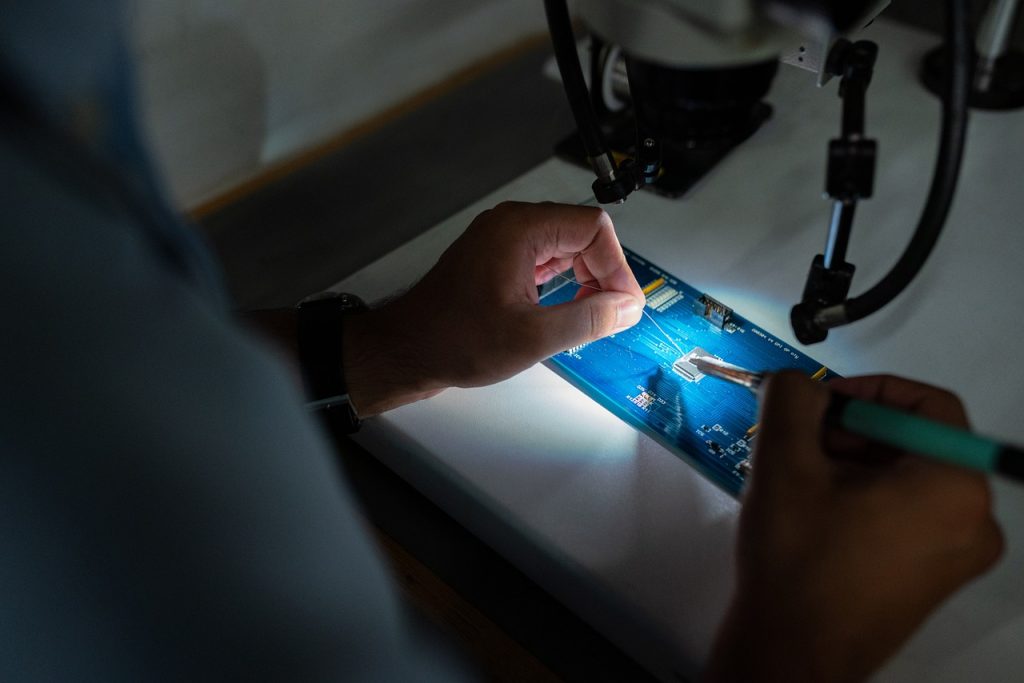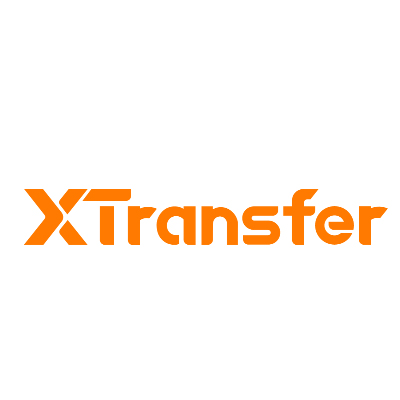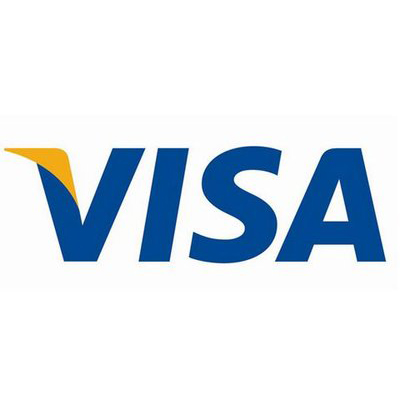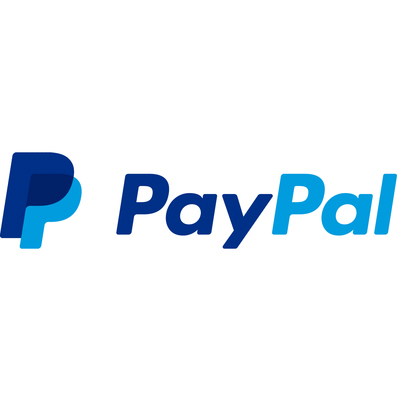KING FIELD ELECTRONIC CO., LTD
PCB/PCBA One-Stop Service Manufacturer
PCB/PCBA One-Stop Service Manufacturer

Our one-stop service encompasses all aspects of the production process, from initial component assembly to thorough testing and final packaging of the finished product. This integrated approach streamlines the supply chain for our customers, reducing the complexity of managing multiple vendors and ensuring that all stages of production are seamlessly coordinated. By providing a single point of contact, we enhance communication and efficiency, allowing clients to focus on their core business while we handle the assembly process.
We understand that each product has unique specifications and functional requirements. That’s why we offer flexible customization solutions tailored to the specific needs of our clients. Our experienced team works closely with customers to develop bespoke assembly processes that accommodate various designs, materials, and functionalities. This adaptability not only enhances product performance but also allows for quicker market responses, ensuring that our clients stay competitive in their respective industries.


With years of experience in finished product assembly, our team possesses extensive knowledge across multiple industries. This wealth of experience enables us to handle a diverse range of products, from consumer electronics to industrial equipment. Our professional expertise ensures that we apply best practices and industry standards throughout the assembly process, leading to superior product quality and reliability. Clients can trust our team to deliver high-quality results that meet or exceed their expectations.
In today's fast-paced market, the ability to adapt quickly to changing customer demands is crucial. Our rapid response capability allows us to efficiently adjust production schedules and processes in response to shifting requirements. Whether it’s accommodating urgent orders, modifying designs, or implementing new features, our agile team is prepared to act swiftly. This responsiveness not only helps to meet tight deadlines but also fosters strong relationships with our clients, as they know they can rely on us to deliver on time, every time.

| Cable Assemblies | Offer high speed SMT Services |
| Wiring Harness | Electro-mechanical assembly |
| Conformal Coating | Component sourcing |
| High-level integration of high complexity components in PCB | Multiple Testing |
| Expertise in frame integration projects | Custom Packaging |
| Sublevel Product assembly | Control Panels |
| Software loading and product configuration | Digital Displays |
| 24-hour Customer Service + After-Sales Service | Turnkey Assemblies |
| Kitting, Sub-assembly, PCB assemblies | Variable size as per the requirements. |
| Fabrication Services | Type of PCB Box builds: From simple electromechanical box build assembly to complex assemblies. |
The box build PCB assembly is also known as system integration, and it includes everything from design, production, and construction. It can be anything from a simple printed circuit board assembly housed in a small enclosure to a cabinet housing a complex electromechanical system.
Yes, For more information, please contact us at sales@technotronix.us.
We offer multiple testing including
* Automatic Optimal Inspection
* Solder Paste Inspection
* In Circuit Testing
* Functional Circuit testing
* X-Ray inspection
* Custom inspections
Following are the steps for PCB box build assembly process:
* System Level Design
* Sub-Level Product Assembly
* Product Assembly & Testing
* Software and Product Configuration
* Warehousing & Order Management
* Post-Sales Service and Repair
I deally, the turnaround can vary depending on client’s requirements, product complexity, required quantity, and availibility of components. Our standard turnaround may vary from 24 hours to 1 week.
To complement our printed circuit board assembly (PCBA) operations, we provide box build assembly services for partial or full product integration and final assemblies ready for end-users.
Box build assembly involves the process of integrating and assembling multiple printed circuit boards into a single housing or enclosure. It entails the integration of various individual components, such as PCB, connector, and wiring, to create a fully functional electronic system or device. This physical assembly involves the careful arrangement and connection of these components to establish the internal structure of the machine, ensuring its proper functioning.
Items | Rigid |
Material | Lead-free、Halogen-free、H-Tg、Low loss |
Layers | 1-40L |
Max cut lamination size | Min3*3mm-Max1200mm |
Final board thickness | 0.18-5.0mm |
Min Final Hole size | 0.075mm |
Aspect Ratio | 14:1 |
Inner layer Line Width/Space | 0.05mm |
Copper Foil Thickness (Inner Layers) | 1/2oz~3.0oz |
Min dielectric layer thickness | 50um |
Copper Foil Thickness (Outer Layers) | Hoz-14oz |
Copper to drill distance | 0.2mm |
Out layer Line width/space | 0.05mm |
Min SMD width | 0.05mm |
Max Solder Mask Plug Hole Diameter | 0.5mm |
solder mask strip width | 0.075mm(Green/1OZ) |
Final Set Size Tolerance | ±0.1mm/limit±0.05mm |
Min Hole to board edge Distance | 0.15mm |
Min Beveling angle Tolerance | ±3-5° |
Layer to layer Tolerance | ≤0.075mm(1-6L) |
Inner layer Min PTH Annular Ring | 0.15mm |
Out layer Min PTH Annular ring | 0.15mm |
Surface Treatment | OSP、HASL 、ENIG、Gold Finger、Plating Gold 、ENEPIG、IMM TIN、IMM AG |
Warp&Twist | ≤0.5% |

Once we receive your request, our sales team will promptly get in touch with you to discuss your specific design and requirements. We will then develop a tailored and comprehensive box-build assembly solution that meets or exceeds your expectations. Whether you need a simple plastic enclosure or a complex multi-rack assembly, we are well-equipped to deliver exceptional results. Our range of services includes:


Box build assembly enables the integration of multiple components or modules into a cohesive unit, consolidating redundant individual assembly steps in the production process. The use of pre-designed and standardized components further enhances efficiency. These modular units or prefabricated parts reduce the need for custom manufacturing, resulting in improved production efficiency. This is particularly advantageous for businesses with fast turnaround services, as it helps shorten electronics manufacturing cycle times and allows them to gain a larger market share. Electronic manufacturers can leverage this service to reduce the new product development cycle and swiftly gather valuable customer information, gaining a competitive advantage.
Utilizing PCB box build offers substantial cost reductions for companies in various ways. Firstly, by using standardized components, the need for specialized tooling or custom production processes is minimized. Additionally, the streamlined production process and reduced assembly time result in lower labor costs and increased operational efficiency. Moreover, box assembly services provide scalability, as modular components can be easily replicated and scaled up to production volumes. These advantages are particularly advantageous for companies experiencing growth or dealing with seasonal fluctuations in demand.
PCBA companies that accept box build orders usually possess a wider range of capabilities to cater to customer flexibility and customization requirements. In PCB manufacturing, they accommodate multiple types of substrates. When it comes to assembly, they offer comprehensive assembly techniques. Moreover, in component sourcing, they provide the ability to combine and configure different modules or assemblies. These advantages enable customers to effectively respond to market and product changes, making project progress and adjustments feasible.
Service providers procure pre-designed components from professional and long-term cooperative suppliers to mitigate the impact of component market fluctuations on production progress. Furthermore, the utilization of standardized components and modules enhances the overall quality, reducing the risk of errors or variations during the assembly process. By relying on trusted partners, customers can confidently focus on their core competencies, knowing that their supply and assembly are handled by high-quality components.
The box manufacturing process is a comprehensive undertaking that involves multiple stages, emphasizing quality control, collaboration between teams, and efficient production practices. These steps ensure a seamless completion of the box manufacturing process.


Sanding tools like sandpaper or a sanding block are necessary for smoothing rough edges and surfaces. If a finishing coat is desired, brushes, rollers, or sprayers may be required. We take into consideration your specific requirements, carefully plan your project, and gather all the necessary materials and tools before commencing the box assembly.
Once the box build assembly is mechanically complete, it undergoes the following quality assurance and testing processes:
Functionality Testing
Safety and Compliance











